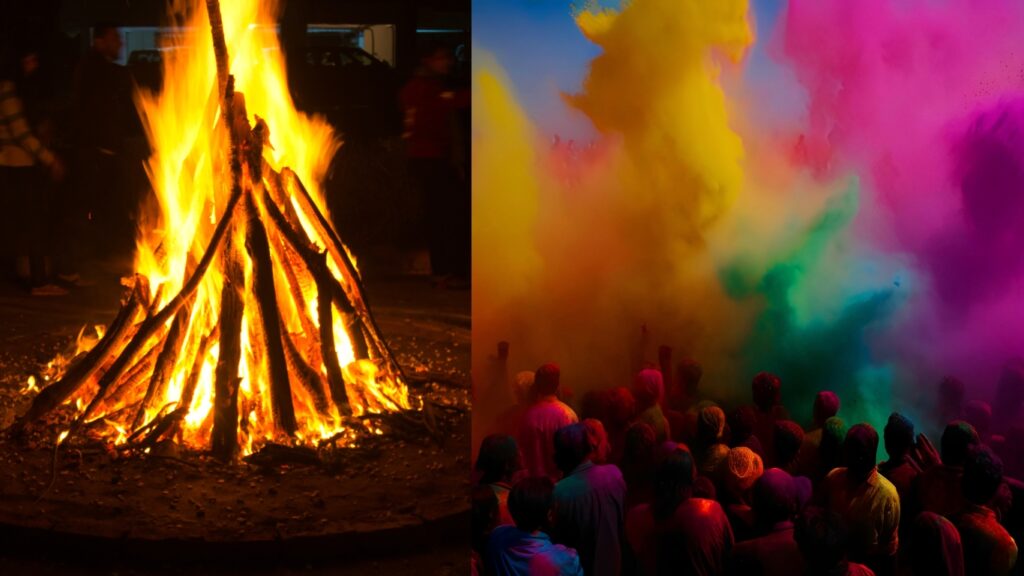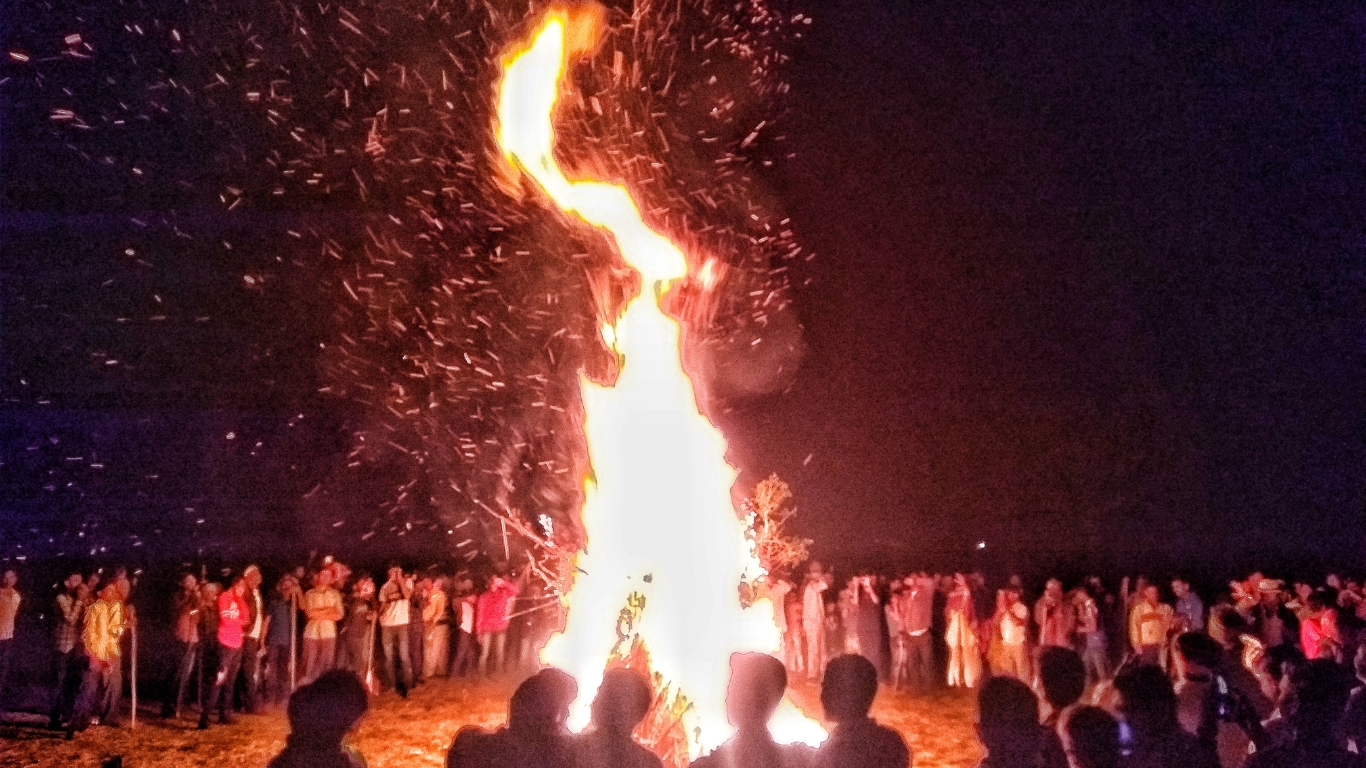Holi, the festival of colors, is a vibrant and joyous celebration that unites people across India and beyond. It signifies the arrival of spring, the victory of good over evil, and the strengthening of relationships. While Holi is widely known for its playful color smearing and festive spirit, the traditions and rituals associated with it, especially Holika Dahan, carry deep spiritual significance.
The Significance of Holika Dahan
Holika Dahan, observed on the eve of Holi, marks the triumph of good over evil. The ritual originates from Hindu mythology, where Prahlad, a devout follower of Lord Vishnu, was saved from his evil aunt, Holika. Holika, who had a boon that made her immune to fire, attempted to kill Prahlad by sitting in a blazing pyre with him. However, due to divine intervention, she perished, and Prahlad remained unharmed.
Rituals of Holika Dahan
The preparation for Holika Dahan begins days in advance. Communities collect wood, dried leaves, and other combustible materials to create a large bonfire, symbolizing the burning away of negativity and evil forces. The ritual involves:
- Lighting the Bonfire: People gather around the pyre in the evening, chanting prayers and seeking blessings for prosperity and happiness.
- Parikrama (Circumambulation): Devotees walk around the fire, offering grains, coconut, and other sacred items as a mark of devotion.
- Burning of Negativity: Many individuals write down their worries and throw them into the fire as a symbolic gesture of releasing stress and negativity.
Women and Holika Dahan
For women, Holika Dahan holds special significance as a ritual of protection and prosperity. Married women pray for their family’s well-being and seek blessings for a happy and harmonious life. Many women observe traditions such as:
- Applying turmeric and kumkum (vermilion) on Holika’s ashes for good fortune.
- Performing aarti (ritual prayer) for the safety of their loved ones.
- Tying sacred threads around the bonfire to invoke divine blessings.
The Joyous Celebration of Holi
The morning after Holika Dahan, people step out to celebrate Rangwali Holi, the festival of colors. The air is filled with laughter, music, and joy as people smear gulal (colored powder) on each other and enjoy festive treats like gujiya, thandai, and malpua. It is a day of unity, where societal boundaries blur, and everyone embraces the spirit of togetherness.

Embracing the True Essence of Holi
While colors and festivities make Holi lively, its true essence lies in spreading love, kindness, and forgiveness. It is a time to mend broken relationships, share happiness, and start afresh.
As you celebrate this Holi, remember to enjoy responsibly, be mindful of the environment, and cherish the spirit of togetherness that makes this festival so special.
Wishing you all a Happy and Colorful Holi!











